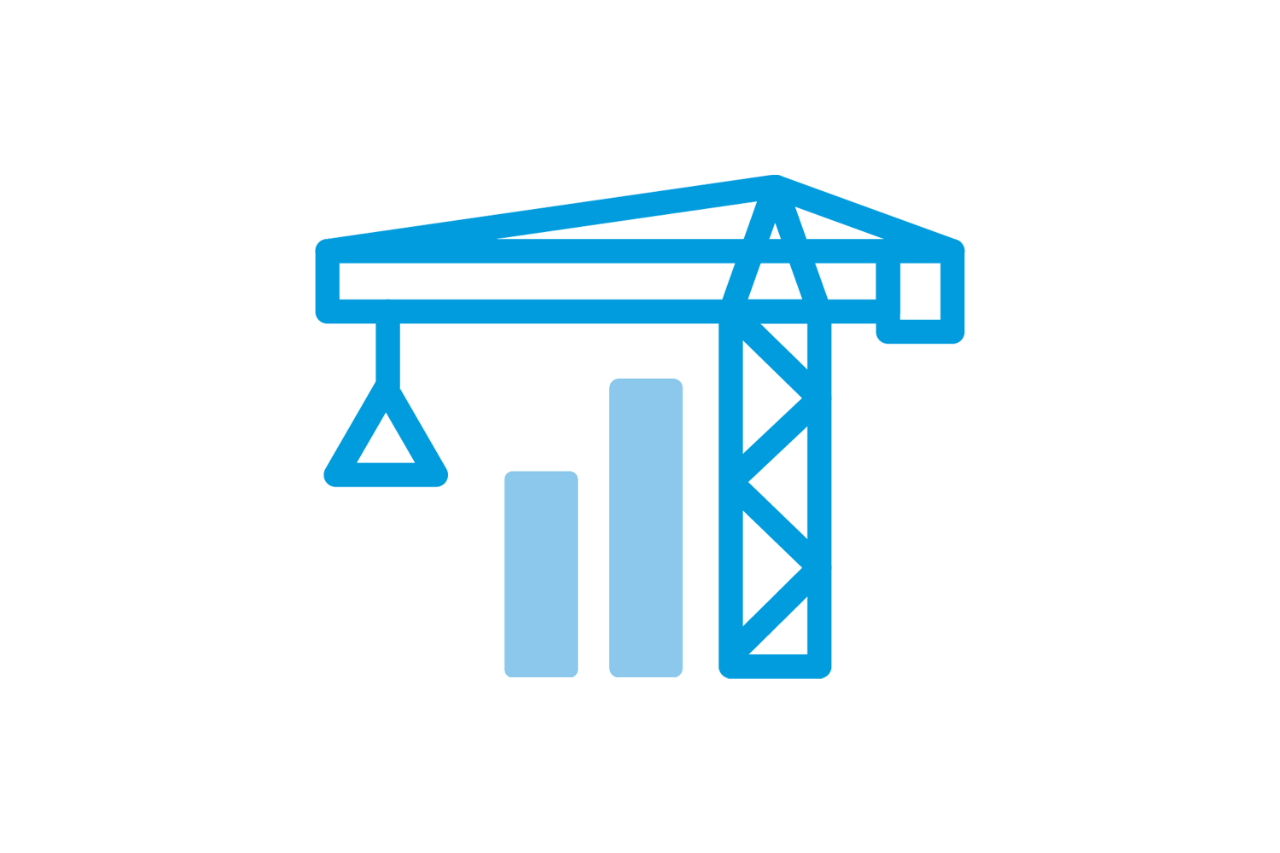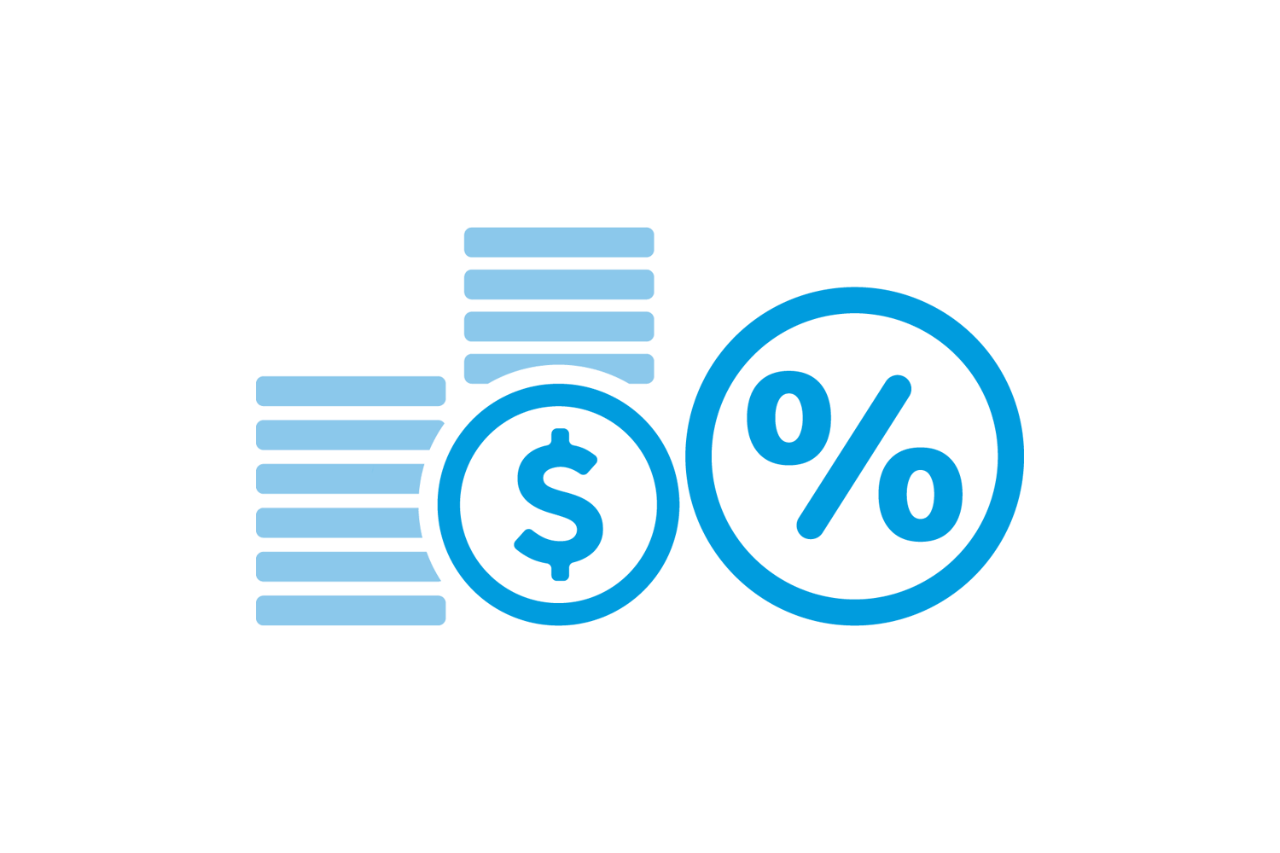On 17 June 2021 the Government passed the Your Future Your Super (YFYS) legislation.
The three major reforms are:

Stapling
A new law that will link a person to one super fund and the stapled super fund will follow the person when they change jobs. Stapling took effect on 1 November 2021.

Performance test
The introduction of an annual performance test that compares fund performance to a reference benchmark. At this stage it will apply only to MySuper default funds, and funds found to be underperforming will need to notify their members.

Best Financial Interests Duty
The legislation includes a requirement for superannuation trustees to demonstrate that all expenditure is in a member’s best financial interests.
What the changes mean for employers
Stapling took effect on 1 November and impacts the way you administer super for new employees.
Individuals will be ‘stapled’ to one super fund and they’ll take this stapled fund from job to job, unless they actively choose a different super fund.
If your new employee doesn’t actively choose their own super fund, you’ll need to manually search for the employee’s stapled super fund via the ATO and manually update your payroll system with the employee’s stapled account details.
If an employee wants their super paid to a particular fund (including your default fund), they need to complete a Choice of Fund form and submit it to your HR/payroll team to action their request.
Stapling has serious implications for employers in the building and construction industry and for the insurance of workers on building sites.
If someone is new to the building and construction industry, they’re likely to be ‘stapled’ to a fund that doesn’t offer default insurance appropriate for the hazardous nature of their work and therefore, are at risk of being uninsured in the workplace.
Read our Stapling fact sheet (PDF) for more information.
How stapling will work
| Your new employee… | You need to... |
|---|---|
| Provides you with a completed Choice of Fund form | Make contributions to the employee’s chosen fund. |
| Doesn’t provide you with a completed Choice of Fund form | Use ATO online services to find the employee’s stapled fund and make contributions to it. If no stapled fund is found, you must make contributions to your default fund. |
What you need to do
- You must provide a new employee with a Standard Choice of Fund form (like our Cbus choice of super fund) within 28 days of them starting work.
- If they choose a super fund, by completing and returning a choice form, you must pay super contributions to their chosen fund.
- If they don’t make an active choice, you must search for their stapled super fund via ATO online services.
- If your new employee has more than one super fund, the ATO will determine the employee’s stapled fund based on a set of rules. These may include factors such as when the account was created, how recently contributions were made and the account balance.
- If a new employee doesn’t make an active choice and they don’t have a stapled fund – for example, this may be their first job - you must pay their super into your default super fund.
Important – When you can request stapled fund information
- You can only request a new employee’s stapled fund information if they haven’t provided you with a Standard Choice of Fund form.
- You can’t use ATO online service to look for your new employee’s stapled fund if they haven’t started work. They must be employed by you when you request the stapled fund information. To make a request, you must have lodged either a Single Touch Payroll event or a TFN declaration.
- Your new employee will receive notification from the ATO when you request their stapled fund information.
If you’re onboarding over 100 employees at once
- If you have over 100 employees starting at the same time, you won’t be required to complete an individual search for each employee’s stapled fund.
- The ATO will provide a bulk upload service (via ATO online services) to allow you to make large volume stapled fund requests.
- It may take up to five business days for the bulk stapled fund information to be returned to you.
Employees covered under an EBA
You must offer a choice of fund to all eligible employees. This includes any employee covered under an enterprise agreement or workplace determination that was made on or after 1 January 2021.
You don't need to offer a choice of fund if super is paid under certain EBAs dated prior to 1 January 2021 that require contributions to be paid into a particular fund(s).
Insurance – Make sure your employees are covered
Stapling has serious implications for employers in the building and construction industry and for the insurance of workers on work sites.
If someone is new to the building and construction industry, they’re likely to be ‘stapled’ to a fund that does not offer default insurance appropriate for the hazardous nature of their work and therefore, are at risk of being uninsured in the workplace.
Cbus’ insurance is cost effective and provides cover which many members would otherwise not be able to acquire, giving you and your employees peace of mind.
Importantly, Cbus has a Dangerous Occupation Exception (DOE) to provide default insurance cover for eligible workers in hazardous industries, regardless of their age or account balance.
A worker stapled to a fund without a DOE is at risk of not having insurance that covers hazardous work.
The new stapling legislation makes access to adequate insurance more complicated. Your employees being insured through their Cbus membership removes that complication – simple fact is, they’re insured.
Workers often don’t find out they’re in a fund that excludes hazardous work until they make a claim. The claims time is not the right time for your employee to discover they don’t have that cover – unfortunately this can happen.
Frequently Asked Questions
What is stapling?
Stapling is a process that will link a person to one super fund and the stapled super fund (or account) will follow the person from job to job, unless they actively choose a different fund.
When does stapling take effect?
Stapling took effect on 1 November 2021 and changes the way you administer super for new employees.
Why has stapling been introduced?
Stapling encourages people to have one super fund so they’re not paying multiple fees and can maximise their retirement savings.
Does stapling impact all of my employees?
Stapling only impacts new employees to your business who onboard after 1 November 2021. It doesn’t impact the super arrangements for employees who started before 1 November 2021.
What if my employees are covered under an Enterprise Bargaining Agreement (EBA)?
You must offer choice of fund to all eligible employees. This includes any employee covered under an enterprise agreement or workplace determination made on or after 1 January 2021.
You don’t need to offer choice of fund if super is paid under certain EBAs dated prior to 1 January 2021 that require contributions paid into a particular fund(s).
What information should I provide to a new employee?
By law, you need to provide new employees with a Standard Choice of Fund form (like our Cbus choice of super fund form) within 28 days of joining.
You can also provide a Product Disclosure Statement (and related documents) for your default arrangement if you like. However, you can't recommend that your new employee joins your default arrangement.
Can I encourage new employees to join my default fund?
You can’t encourage new employees to join Cbus or any other super fund. This would be classed as giving financial advice, which is illegal.
To help you understand what you can and can’t say or do, we’ve put together a helpful list.
If Cbus is your default fund, you can:
- let new employees know that Cbus is your default fund and suggest they visit our website
- provide them with a Cbus Product Disclosure Statement, alongside the Standard Choice of Fund form you’re already providing
- refer new employees to the YourSuper comparison tool on the ATO website or the Choosing a super fund section of moneysmart.gov.au.
You can’t:
- recommend or encourage them to join Cbus (or any other fund)
- give financial advice, or
- ask them to join Cbus (or any other fund) in any meeting, phone call or conversation you have with them.
Can a new employee still make a choice of fund?
Yes. New employees can choose to join your default super fund or nominate their preferred super fund by completing a Standard Choice of Fund form (like our Cbus choice of super fund form) – this is known as an active choice.
Can a new employee choose to join our default fund?
Yes. Your new employee can choose your default fund on their completed Choice of Fund form and then you can make contributions to your default fund.
How do I know which super fund my new employee is stapled to?
You must use the Australian Taxation Office’s (ATO) online services.
You’ll need to enter the new employee’s
- Tax File Number (TFN)
- full name
- date of birth, and
- address details
into the ATO online services to determine their stapled fund.
Once you’ve determined the new employee’s stapled fund, you must make contributions to that account.
What if I’m onboarding 100’s of employees?
If you have over 100 employees starting at the same time, you won’t be required to complete an individual search for each employee’s stapled fund.
The ATO will provide a bulk upload service (via ATO online services) to allow you to make large volume requests.
It may take up to five business days for the bulk stapled fund information to be returned to you.
Why can’t my new employee tell me what their stapled fund is?
Your new employee may have more than one super fund. If this is the case, the ATO will use a set of rules to determine which is their stapled fund. These may include factors such as when the account was created, how recently contributions were made and the account balance.
If your new employee would like to change the super fund their contributions are paid to, they’ll need to complete a Standard Choice of Fund form (like our Cbus choice of super fund form)
When can I find out what my new employee’s stapled fund is?
You can only request stapled fund information after you’ve lodged a Single Touch Payroll event or a TFN declaration. You can’t request the information if they haven’t started work.
Will my new employee be advised that I’ve searched for their stapled fund?
Your new employee will receive a notification from the ATO when you request their stapled fund information.
What if they have more than one super fund?
If your new employee has more than one super fund, the ATO will determine which is the employee’s stapled fund based on a set of rules. These may include factors such as when the account was created, how recently contributions were made and the account balance.
What if they don’t have a stapled super fund?
If your new employee doesn’t have a super fund, they can choose their own super fund by completing a Choice of Fund form (like our Cbus choice of super fund form).
If they don’t have a super fund and don’t make an active choice of fund, you must pay their super into your default super fund.
What happens if I pay their SG contribution to the wrong account (not their stapled fund)?
If you pay an employee’s Superannuation Guarantee (SG) contribution to the wrong account, it won’t be classified as part of your SG obligation and you’ll need to repay this contribution into the correct account.
Does stapling impact insurance arrangements for new employees?
Cbus insurance is designed for our members. Particularly those who work in dangerous working conditions.
If someone is new to the building and construction industry, they may be stapled to a super fund that doesn’t provide adequate insurance cover for the work they’ll be doing.
Everyone – regardless of whether they’re a Cbus member or not – should regularly check their insurance arrangements to ensure they have the right protection for them and their family.
How does an employee change their stapled fund?
Your employees can change super funds at any time by providing you with a completed Choice of Fund form (like our Cbus Choice of super fund form).
Are there any other Your Future, Your Super measures that impact my employees?
There are three major reforms as part of the Your Future, Your Super legislation:
Stapling
A new law ‘stapling’ a member to their first or current super account so that their super follows them when they change jobs. Stapling took effect on 1 November 2021.
Your Super comparison tool
Introduced on 1 July 2021, the Your Super comparison tool helps people compare MySuper products and choose a super fund that meets their needs. The tool displays MySuper products ranked by fees and net returns, so people can compare funds in detail.
Performance test
An annual performance test comparing super fund performance has been introduced. For the first year, the test only applies to MySuper products and more products will be included from 1 July 2022. If a fund fails the performance test, the fund has 28 days to advise members in that product and a notice will also be published on the fund’s website. If a fund fails the performance test for two consecutive years, they won’t be able to accept any new members until they pass the test.
Cbus has delivered strong long-term investment performance with our Growth (MySuper) investment option. And recently we recorded our strongest annual investment return of 19.34% for the Growth (MySuper) investment return^. See our latest investment performance results.
Best Financial Interests Duty
All super fund trustees are required to act in the best financial interests of their members and provide members with key information on how we manage and spend their money in advance of Annual Members’ Meetings.
As an industry fund, we don’t have shareholders and all profits are returned to members. We know the work we do every day has a real impact on the amount of money our members will retire with. With transparency and accountability, our Annual Report shows how we continue to create value for members.
Do I still need a default fund?
Yes. From 1 November 2021 if a new employee doesn’t have a super fund and doesn’t complete a Standard Choice of Fund form (like our Cbus choice of super fund form), you’ll pay their contributions into your default fund.
How do I contact the ATO?
The ATO has confirmed the employer request stapled super fund service will include a two phased approach:
Phase 1 – 1 November 2021
- Employers will need to use the request stapled super fund service for employees who commence on or after 1 November 2021 and haven’t chosen a super fund.
- A temporary solution for bulk requests of employee stapled fund details will be available for employers to use.
Phase 2 – 1 July 2022
- A wholesale service will automate the interaction between employer’s payroll systems and the ATO when requesting stapled super fund details.
- Uptake on phase 2 is voluntary.
- Solution may be available earlier depending on design timelines with Digital Service Providers.
How Cbus can help
We’re here to help you stay on top of these changes to ensure you meet your super obligations.
Cbus insurance is designed for our members, particularly those who work in dangerous working conditions. Everyone – regardless of whether they’re a Cbus member or not – should regularly check their insurance arrangements to ensure they have the right protection for them and their family if the worst should happen.
If your employees have questions about their insurance cover as a Cbus member, Cbus Advice Services are available to help by calling 1300 361 784 (Monday to Friday, 8.30am to 6pm AEST). There are no additional fees for this service - it’s part of being a Cbus member.
For more information contact:
Employer Services team 1300 361 784 (Monday to Friday 8am – 8pm AEST)
LiveChat via Employer Online at cbussuper.com.au
Email EmployerRelationships@cbussuper.com.au
^As at 30 June 2021. Returns for investment options are based on the crediting rating. Cbus’ crediting rate is based on returns minus investment fees, taxes, and until 31 January 2020, the percentage-based administration fee. Excludes fees and costs that are deducted directly from member accounts. Past performance is not a reliable indicator of future performance.